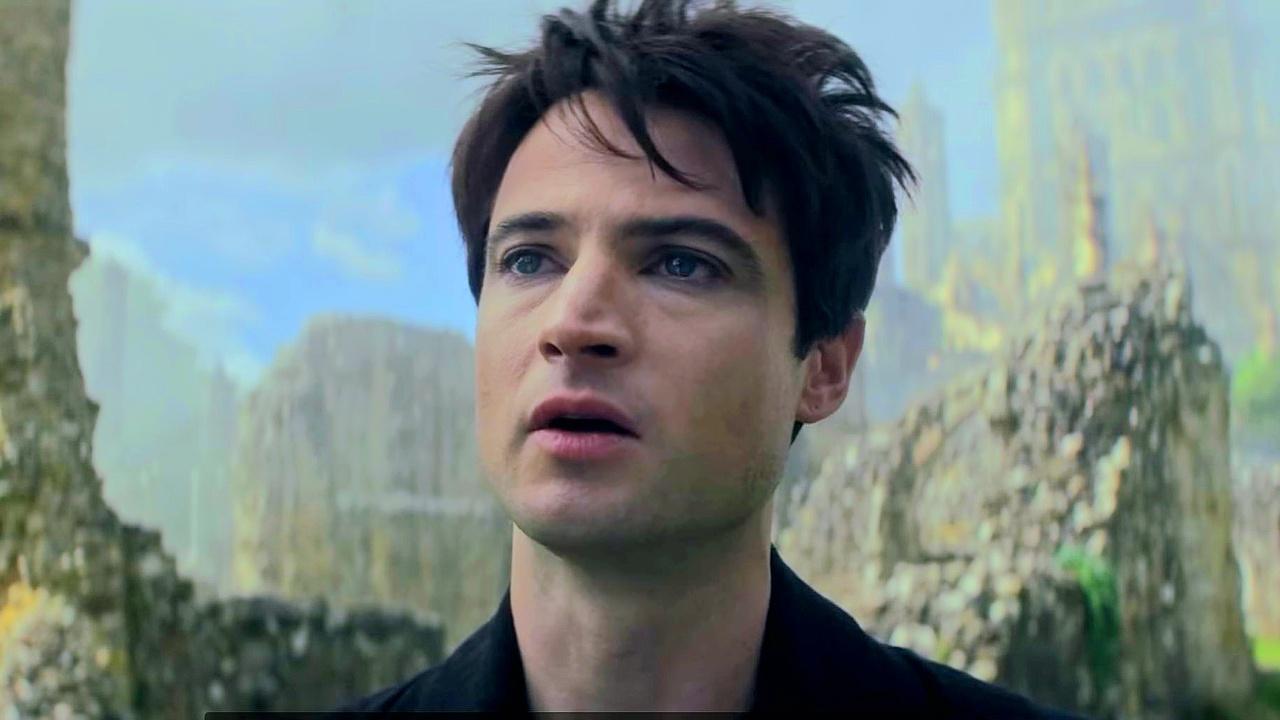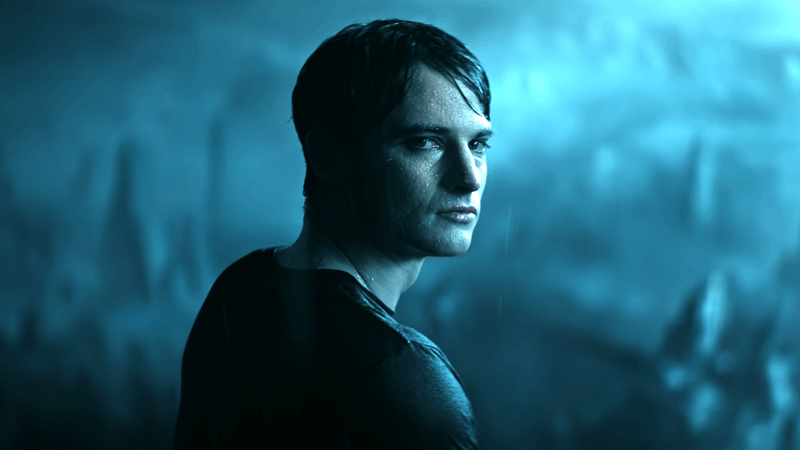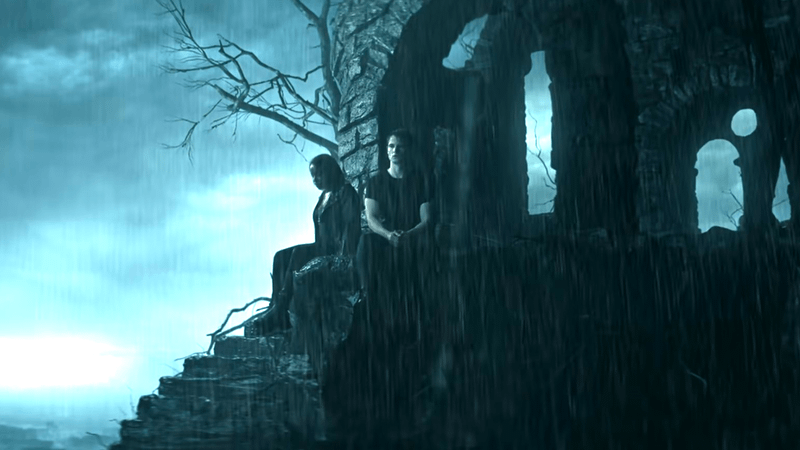
The Sandman creator Allan Heinberg gave his honest thoughts on why Morpheus (Tom Sturridge) had to die in the Season 2 finale of the Netflix series. Morpheus is the personification of Dream, the ruler of the Dreaming, and a member of the Endless. While he is pretty much an immortal, death came knocking at the end of The Sandman Season 2, Volume 1, when he mercifully killed his son, Orpheus, as a way to atone for his past failures as a father combined with the fact that he owes a boon (which is essentially a favor) to him after he gave the location of his estranged brother, Destruction.
Killing a family member in the complex family tree of The Sandman is a forbidden act because it violates a cosmic rule in the grand scheme of things. This is why Morpheus was essentially hunted down by The Kindly Ones (aka the Furies) in Season 2, Volume 2.
The Sandman Season 2, Volume 2 premiered on Netflix on July 24, 2025. The cast of the Netflix series includes Tom Sturridge, Umulisa Gahiga, Gwendoline Christie, Jenna Coleman, Boyd Holdbrook, Razane Jammal, and Donna Preston.
Why Did Morpheus, aka Dream, Die In The Sandman Season 2 on Netflix?

In Volume 2 of Season 2 of The Sandman, Morpheus' fate was sealed in Episode 10 after the Kindly Ones decided to use Lyta Hall as a vessel for their wrath and vengeance in wreaking havoc in the Dreaming. Lyta killed several of Dream's closest friends to send a message, which includes Abel, Gilbert, and fan-favorite Merv Pumpkinhead.
Seeing all the destruction combined with his acceptance of his fate, Morpheus decided to do the inevitable and surrender himself to the Furies to spare his friends in the Dreaming. Before leaving to face his swan song, Morpheus even told his closest allies (Lucienne, the hawk Matthew, and the others) that it's not goodbye. Instead, "it's an opportunity to say thank you" for all their years of service.
This is a selfless act for someone like Morpheus, whose cold demeanor has transformed into an emotional and loving leader for the Dreaming (but it was too late).
Speaking with The Hollywood Reporter, The Sandman creator Allan Heinberg explained why Morpheus changed and accepted his fate to die, noting that he realized "he's the bad guy in all these people's stories" and "it completely guts him" after acknowledging his mistakes:
"Dream realizes he has grievously hurt the people he claims to love. He sees that his own behavior up until that point has been terrible, selfish, manipulative. [He’d thought] he was being honorable and the leading light of all the Endless, and he finds out that, in fact, he’s the bad guy in all these people’s stories. It completely guts him, and contributes to his decision to end this version of his reign and come back as a more human Dream."
Morpheus needed to die in order to erase all of his grievous mistakes and ugly downfalls. Heinberg said that the only way to do that is to be reborn into a "more human" version of him, which later turns out to be Daniel Hall:
"Lucienne [Vivienne Acheampong] says there’s only so much that Dream knew he could change, and he couldn’t be the Dream he wanted to be [as] this version of himself; he needed to be reborn as Daniel in order to be more human. In the end, he kills his own son, and I just don’t think he can recover from that."
As someone who's stricken by grief and guilt, which was further hammered down due to the death of his son, Heinberg implied that it was inevitable that death is Morpheus' fate in The Sandman:
"He says to Death, “Ever since I killed my own son, the Dreaming is not what it was to me. I just can’t go through this and do this the way that I’ve been doing it, and there’s nothing left for me here.” He’s just stricken by grief and guilt, and the belief that he’s not the Dream the world deserves at that point."
Morpheus' final moments came when he retreated to the edge of a cliff in front of the Kindly Ones. By summoning his sister, Death, by his side, he wanted a much more peaceful demise instead of being eviscerated by the Furies. His final moments were the most raw and authentic moments of Morpheus in the series as he surrendered himself to Death.
Allan Heinberg described that moment as a scene "very faithful" to Neil Gaiman's comic, with Morpheus admitting to Death that he's "tired" and is ready to rest:
"The scene on the stony cliff is very, very faithful to the original. It’s so iconic and so beautifully written in the comic. I think it was more a question of streamlining it a bit and making sure we were tracking Dream’s thought process, but not in an overly explained way. The moment I was telling you about where he says, “I killed my son, and since then I’m not the same. The Dreaming is not the same” — that’s as explicit as we get. But for me, that was the entire key. Then when he says — which Neil wrote in the comic — “I’m so tired, my sister,” I felt like there wasn’t any ambiguity in trying to follow why he’s giving up."
The show's creator further reiterated that it's Morpheus' choice to die. This was further proven when Death tried to save him, but Heinberg pointed out that he doesn't want to live anymore because he cannot be the version of Dream the Dreaming needs:
"I have him try to fight all along the way, and then the Crone says, “How will you fight us? What will you do? You can do nothing to us.” But in the end, it’s his choice [to die]. Death says, “You’ve been down lower than this before. We can get you out of this.” I think he doesn’t [want to live], because he knows that he’s not enough in this version of himself."
In a separate interview with The Wrap, The Sandman creator Allan Heinberg elaborated that Morpheus' decision to be at peace with his death is due to his actions of killing his own son. While he wanted to die, he still needed to make sure that the Dreaming and its residents were safe:
"I think he’s in a really tough spot, because once you kill your own son I don’t know how you get over it. I just don’t think you ever do. The Dream in the comics sort of stays in the kingdom, knows he can’t leave under penalty, and sort of waits for death to come to him. We knew at the outset that our Dream had to get over himself and his grief and his guilt and try to save his kingdom and save his people and do the best for his realm."
Why Morpheus’ Ending Is Perfect in The Sandman

Morpheus' deliberate choice to die in The Sandman is a valiant and selfless act, and it is a result of him being changed through his past experiences as both a brother to the rest of The Endless and a father. It is a perfect ending for the character since it paved the way for him to create a new Dream, who is a much improved version of him that is poised to be a perfect leader for The Dreaming.
While Morpheus died, part of him still lives in his successor, Daniel Hall, a human who was conceived in the Dreaming in Season 1. He assumed the role of the Dream of the Endless in Season 2, Episode 11, with him rapidly aging from a baby to a full-fledged adult.
Although he is a reborn version of Dream, he carries memories and "echoes" of Morpheus within him, but what makes him different is the fact that he has a human upbringing that could prove vital in his new era as the leader of the Dreaming.
Episode 11 managed to showcase this key difference by showing Daniel as a more empathetic version of Dream, acting with a warmer personality who understands the inhabitants living in the realm while also capable of connecting much deeply with his Endless siblings (due to his human perspective).












